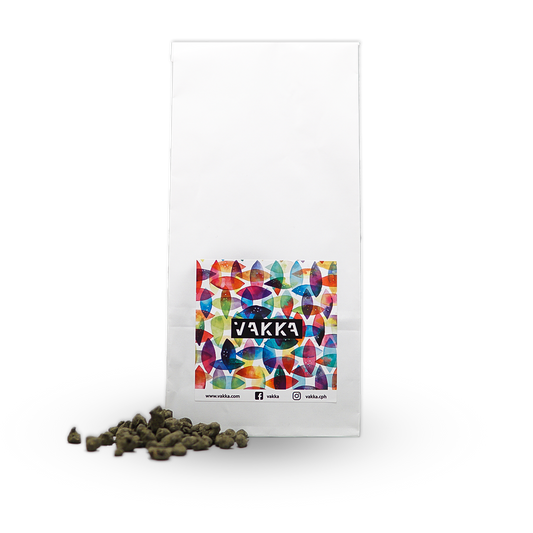What is green tea?
Originally from China, green tea was the first tea to be produced and it is still the most popular in Asia. The young leaves of the tea are picked and rested before being steamed or roasted to kill the natural enzymes that can cause oxidation (oxygenation) of the leaves. After this step, the leaves are shaped into many different varieties.
There are countless different varieties of green tea, each with their own look, shape and flavor profile. Generally, green tea has a light taste of grass and vegetables, but it can also have floral, roasted, buttery, umami and nutty notes.
Green tea is a type of tea that is made from the leaves of the Camellia sinensis plant, which is also known as the tea bush. It differs from other types of tea, such as black tea and oolong tea, in that it does not undergo a full oxidation or fermentation process.
Instead, green tea is processed by steaming or heat treating the fresh leaves immediately after harvesting to stop oxidation and preserve their natural green color and flavor. The leaves are then rolled and dried to remove moisture.
Green tea is known for its delicate taste and aroma, and it has also become famous for its health benefits.
Green tea contains antioxidants, flavonoids and caffeine, which many say can help improve brain function, increase metabolism and reduce the risk of certain diseases.





